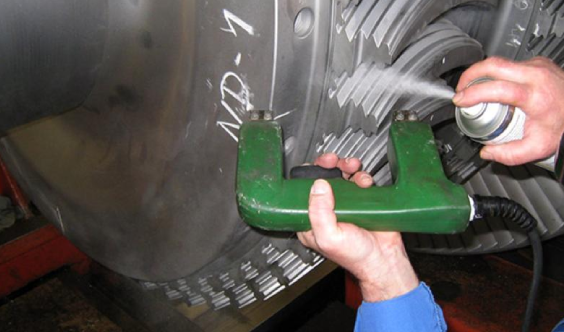
Magnetic Particle Testing
Magnetic Particle Non-Destructive Testing is the act of identifying imperfections in a material by examining disruptions in the flow of the magnetic field within the material. This method is used for the detection
Read More
Penetrant Testing
Liquid Penetrant Non-Destructive Testing is a simple, inexpensive and reliable non-destructive inspection method for detecting discontinuities which are open to the surface of the item to be inspected.
Read More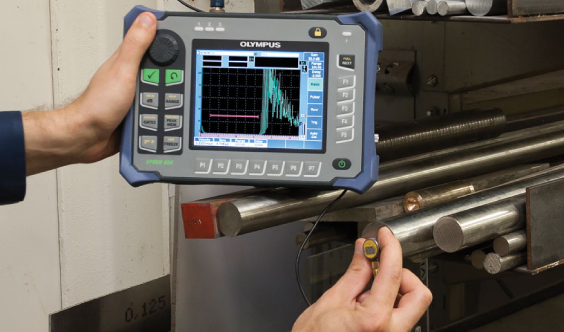
Ultrasonic Testing
Ultrasonic Non-Destructive Testing is the process of transmitting high-frequency sound waves into a material in order to identify changes in the material’s properties
Read More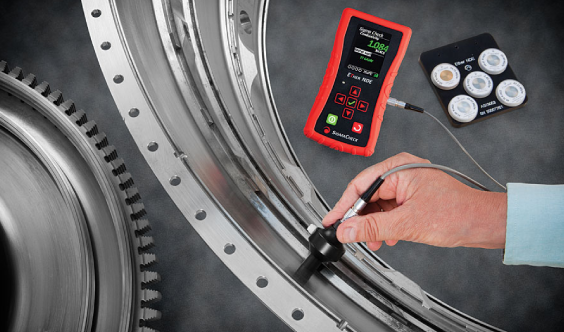
Eddy Current Testing
In Eddy current testing, a coil carrying an AC current is placed close to the specimen surface, or around the specimen. The current in the coil generates circulating eddy currents in the specimen
Read More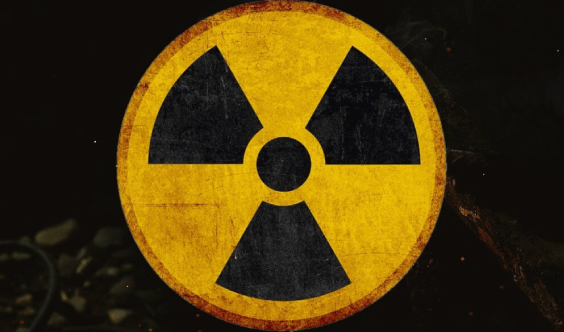
Radiography Testing
Radiography Testing uses X-rays or gamma-rays to produce an image of an object on film. The image is usually natural-size. X-rays and gamma-rays are very short wavelength electromagnetic radiation
Read More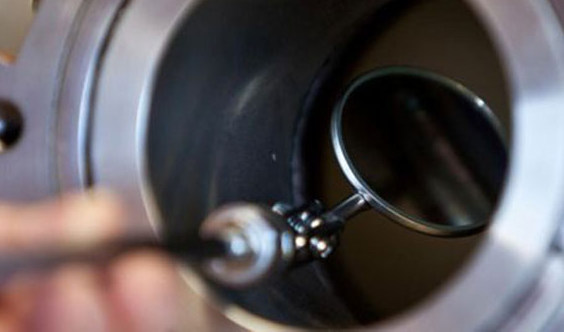
Visual Testing
Visual Testing is the observation, either directly or indirectly (remotely), of a specimen by an Inspector in such a fashion as to determine the presence or absence of surface discontinuities or irregularities.
Read More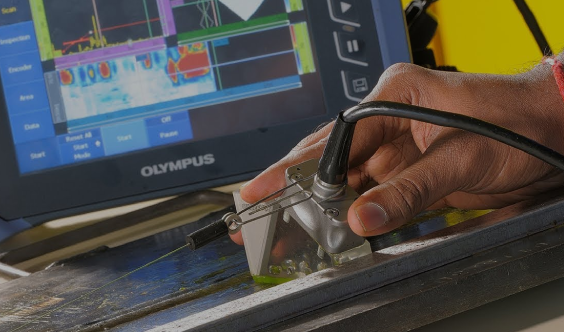
Phased Array Ultrasonic Testing
Phased Array Ultrasonic Testing typically consists of a transducer assembly with from 16 to as many as 256 small individual elements that can each be pulsed separately.
Read More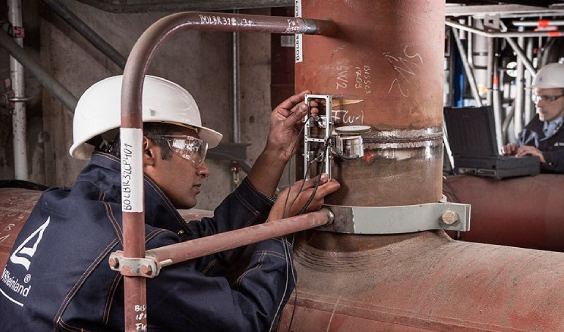
Time Of Flight Diffraction( TOFD ) Ultrasonic Testing
In Time of flight diffraction (ToFD) systems, a pair of ultrasonic probes are used, sitting on opposite sides of a weld-joint or area of interest. A transmitter probe emits an ultrasonic pulse
Read More
Wire Rope Testing
Alternate layers of right hand and left hand lay strands causes numerous point contacts along the entire length of rope. These point contacts see high stresses when the rope is loaded causing localised deformation and wear.
Read More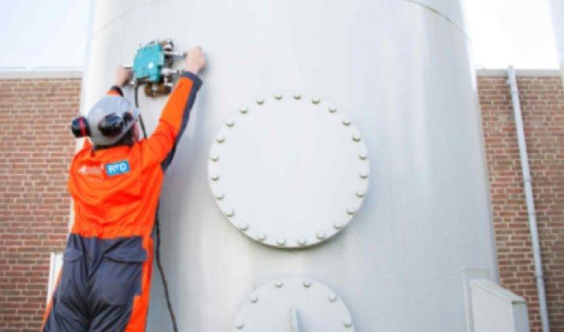
Magnetic Flux Leakage (MFL)
Magnetic Flux Leakage (MFL) uses a powerful magnet to magnetize the conductive material under test (usually steel). Where there are defects — corrosion or material loss — the magnetic field “leaks” from the steel.
Read More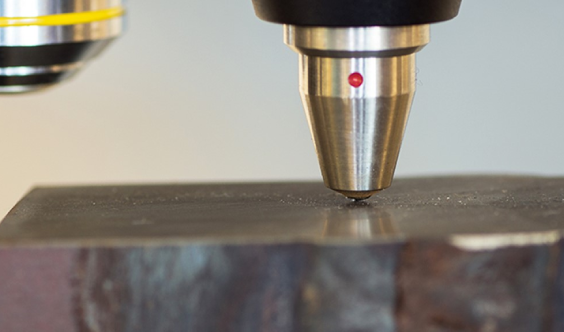
Hardness Testing
Hardness Testing (HT) is today one of the most frequently employed methods for mechanical material testing, in particular for metals. On the one hand, this test method allows qualitative relationships to other
Read More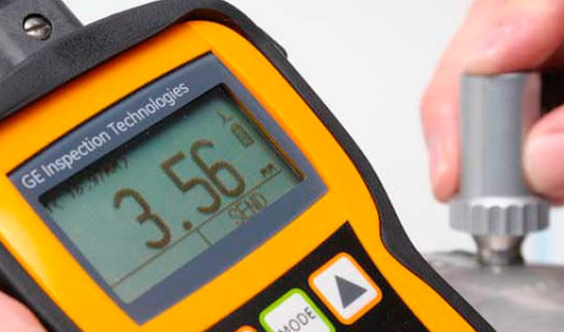
Thickness Gauging ( UTG ) Ultrasonic Testing
Ultrasonic Thickness Measurement (UTM) is a widely used non-destructive testing technique for measuring the thickness of a material from one side. It is fast, reliable, and versatile.
Read More
Holiday Testing
A holiday test is an inspection method used to detect discontinuities in painted/coated surfaces using specialized tools and equipment. These tools, called holiday detectors, are portable devices that are swept
Read More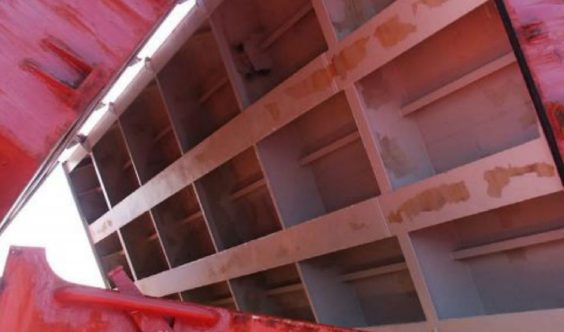
Hatch Cover Inspection
Ensuring a ship’s hatch covers are weather tight is an essential aspect of exercising due diligence to make a ship cargo worthy that may not be covered by routine classification society inspections.
Read More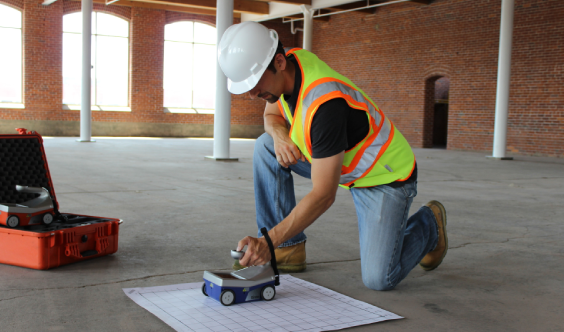
Ground Penetrating Radar ( GPR Testing )
Ground penetrating radar (GPR) operates by transmitting electromagnetic waves (in the range of 10 ~ 1000 Hz) into the probed material and receiving the reflected pulses as they encounter discontinuities.
Read More